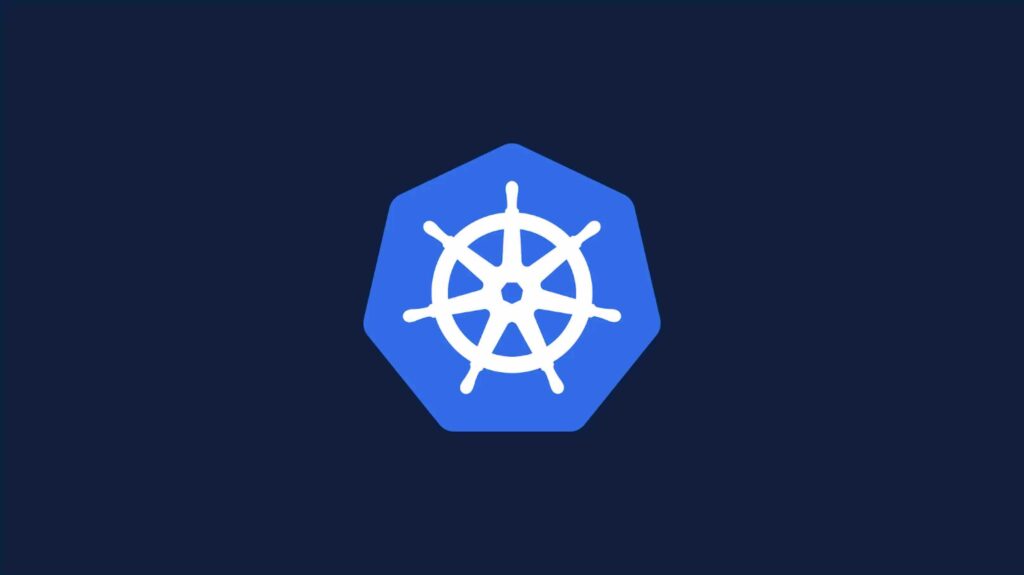How to migrate Node.js API Workloads from EC2 to EKS – A Comprehensive Guide

In the current cloud-native era, Kubernetes has rapidly emerged as a favored choice due to its efficiency, scalability, and robust orchestration capabilities. Numerous organizations are shifting their workloads from traditional virtual machine environments to container orchestration platforms, such as Amazon’s Elastic Kubernetes Service (EKS).
In this three-part blog series, we’ll guide you through an in-depth exploration of transitioning stateless Node.js API workloads from EC2 to EKS. Here’s a brief overview of the topics each part will cover:
- Part I: Preparing for the Transition – The first part delves into the planning stage, emphasizing the significance of understanding dependencies, phased transition, and accounting for future growth.
- Part II: The Nuts and Bolts – In the second part, we’ll walk you through setting up the EKS environment, Dockerizing your Node.js app, creating relevant Kubernetes configurations, and modifying your CI/CD pipelines as necessary.
- Part III: Executing the Transition – The final part provides a detailed step-by-step guide to executing the migration, from choosing the right time and monitoring phase one, to proceeding with full migration and deprecating the old EC2 service.
Please note that our guide specifically addresses stateless Node.js API workloads and does not explore aspects related to databases or stateful services.
Why Migrate?
The decision to migrate is often motivated by a range of compelling advantages that come with transitioning from traditional EC2 instances to a containerized EKS environment:
- Improved Deployment Time: Kubernetes’ orchestration capabilities significantly expedite deployment times, facilitating swift delivery of new features and updates.
- Easier Resource Management: Kubernetes shines when it comes to efficient use and management of system resources, providing simple scaling of applications in response to demand.
- Consistent Service Provision: Kubernetes ensures a consistent environment for your applications, reducing the potential issues that might arise from environmental discrepancies (like those between development, staging, and production).
- Enhanced Visibility into Efficiency and Performance: Thanks to its built-in logging and monitoring features, Kubernetes provides valuable insights into application performance, aiding you in maintaining efficiency and promptly addressing issues.
- Superior Cost Management: By optimizing resource usage and facilitating the effective use of spot instances through its auto-scaling capabilities, Kubernetes can result in substantial cost savings.
With the context provided by these benefits, we will explore the process of migrating stateless Node.js API workloads from EC2 to EKS in our three-part series.
We hope this series will serve as a valuable resource throughout your transition journey, empowering you to seamlessly migrate from EC2 to EKS and leverage the many advantages this move brings.